Tags
Imphal, INA Museum, India, Indian Army, Kangla Fort, Loktak Lake, Lord Krishna, Manipur, Manipuri dance, Moirang, Sangai Festival, Travel
Hi Everybody 🙂
Welcome to the first part of my “Travelling through the North East of India” series!
I had travelled to this beautiful region in Nov-Dec 2010. It had been on my mind since 2005 but I got my calling five years later. Long ignored by the tourism world, this amazing region remained backward and silent to the rest of the country. But things are changing now, at least for a few of the eight states: Sikkim, Assam, Arunachal Pradesh, Manipur, Nagaland, Meghalaya, Mizoram and Tripura.
Nagaland draws plenty of foreign visitors especially during its annual cultural festival. Due to lack of attention from the central government over the decades, foreign missionaries have been deeply involved in the tribal world of Nagaland, Meghalaya and Mizoram.
The most scenic among the seven states are Sikkim and Arunachal Pradesh. Assam, Manipur and Tripura are culturally rich, while Meghalaya, Nagaland and Mizoram have a unique tribal culture.
I start off the series with Manipur because I had a wonderful and memorable time there, living with the Indian Army on the banks of the lovely and unique Loktak lake, the largest freshwater lake in the North East. Unique? Because of its floating islands called “phumdis” which are actually floating weeds on which the lake-dwellers live in the backdrop of the shimmering blue water.
Khurumjari (Hello, in Manipuri language) Manipur!
My first beautiful moment in Manipur? I had landed at Imphal (capital of Manipur) airport from Guwahati (capital of Assam) and was waiting to be received by my Army officials. To my surprise, there was an Army convoy with officers waiting for me, led by an extremely bright and magnanimous commanding officer of the battalion.
During winter dusk arrives relatively early at around 4:00pm and dawn at 4:00am. I had to visit as many places as I could before it got dark. Besides, there was heavy militancy in Manipur (well at least, till my visit!) with about 34 separatist groups, including non-violent ones, demanding independence from India. Since I was with my Army, I was always escorted by them.
The first night I enjoyed myself at the Sangai Festival…
Sangai? An endemic, rare and endangered brow-antlered deer found only in Manipur
There were stalls selling all sorts of stuff from textiles to…
“Made in China” Manipuri dolls!
Ras Leela,an acclaimed classical Manipuri dance based and inspired by the theme of Lord Krishna and his beloved Radha’s love story and the devotion of the gopis (companions) toward Lord Krishna. The lovely embroidered costume adds lustre to the beauty of the art.
The repertoire of folk dances was impressive…
And then, there was a fashion show…
Early morning at my Army’s firing range and my first experience with an armed weapon! Within a few minutes after training, I was firing like a professional. Yay, I thoroughly impressed my Army!
Watch me shooting like a pro in this video…
and the photos…
See the black patch (the bulls eye)…it’s covered with bullet holes…you think it was easy?
So take a look at the bigger picture…now the black patch looks tiny, doesn’t it? Let me tell you it looks the tiniest from 50 metres away…see, I’m a great shooter!
The “khukri” (dagger) of the soldiers of Gorkha Regiment…One of the workers offered to make a small khukri for me as a souvenir…so sweet!
Here I am in action with the ferocious khukri…don’t mess with me!
Off on a boat ride in the Loktak lake…
Watch this video on my boat ride…
and the photos…
I saw this little girl rowing her canoe…
…and took an oar from one of the four rowers of my canoe. I rowed till we reached land which was after more than half an hour.
Fresh fish from the lake…
At a temple…
The people of Manipur follow several faiths and religions which can be traced to its history. Sanamahism (worship of the Sun God “Sanamahi”) is an ancient indigenous religion. The early Manipuri worshipped a Supreme deity, Lainingthou Soralel and followed their ancestors. Their ancestor worship and animism was based on Umang Lai (ethnic governing deities worshipped in sacred groves). The religious life of the people, even when they adopted non-mainstream Hinduism retained many characteristics inherited from their prehistoric ancestors. Hinduism became a dominant force in the eighteenth century when the king, Garib Niwas (1708–48), declared Vaishnavism as the official State religion, laying the foundation for the worship of Lord Krishna.
With devotees at the Shree Shree Govindajee temple, a historic Vaishnavite centre, adjoining Manipur’s former Maharajas’ Royal Palace…
Having Ushop (feast) at the Shree Shree Govindajee temple…It is prasadam (food that has first been offered to God) with different varieties of traditional vegetarian food…
More food, more variety is offered till your stomach is satisfied… I loved the red sticky rice kheer! It’s customary to leave some food in your plate (the banana leaf) for the waiting crows who pounce on it after everyone’s finished eating. People clean their hands by rubbing them together with salt.
An ancient game displayed at the State Museum…it looked very much like a popular game played by the Aztec of ancient Mexico!
The museum has a good collection and display of Manipur’s tribal heritage and portraits of Manipur’s former rulers. Other interesting exhibits include costumes, arms & ammunitions, relics and historical documents.
Historical facts also point out that Manipur is the birthplace of Polo. It is called Sagol Kangjei in Manipur and is played between two teams of seven players on each side. The men dressed in white are the umpires.
By the way, this is the Polo Ground of Imphal…
I got to interact with school children…
NCC cadets…
…and University students!
At the Kangla Fort, the centre of Manipur’s power till 1891…
The Imphal War Cemetery…It has the graves of the British and Indian soldiers who died during the World War II. It is managed by the Commonwealth War Graves Commission.
At the very interesting INA Museum… The museum contains letters, photographs, badges of ranks and other memorabilia of the INA and Netaji Subhas Chandra Bose.
Moirang, which is near Loktak Lake, has a special place in the history of the Indian Freedom struggle. It was at this town that the flag of the Indian National Army was first unfurled on April 14, 1944. See the plaque…
Manipur is unique in every aspect. Be it in its name Manipur, which means “land of jewels” ; its rich culture which excels in martial arts, dance, theatre and sculpture; or places like the Ima Market, an all-women’s market having 3,000 or more “Imas” or mothers who run the stalls.
On the last night of my stay in Manipur, my Army gave me a lovely parting gift…
Lord Krishna and his beloved, Radha!
I hope you enjoyed reading this post as much as I enjoyed putting it together for you 😀
My next post is on Arunachal Pradesh. So do keep visiting!
See you soon… till then, take care 🙂
Coming up next: Travelling through the North East of India: Arunachal Pradesh
If you’re interested in knowing all about Mexico, do check my three e-books which are available for sale on this blog:
Mexico: The Country, Its History & The Maya World
If you’re a fan of Mills & Boon novels or love reading romance novels, here’s one for you available for sale on this blog:
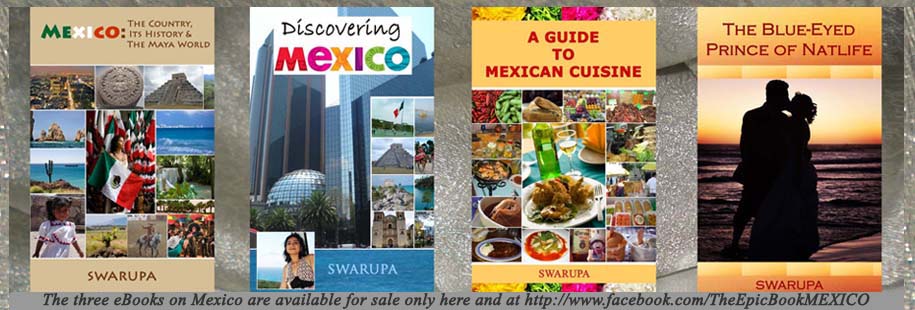
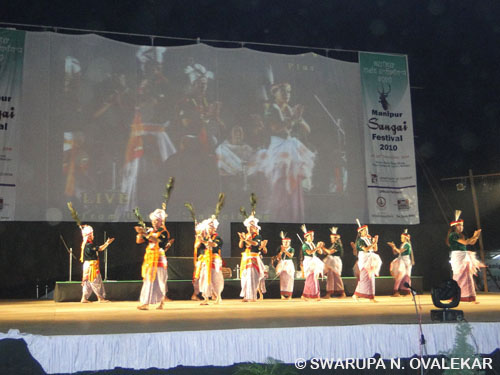




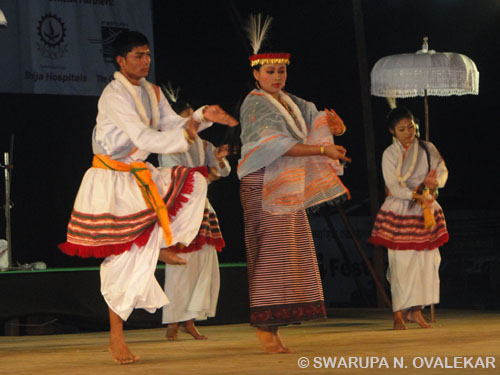







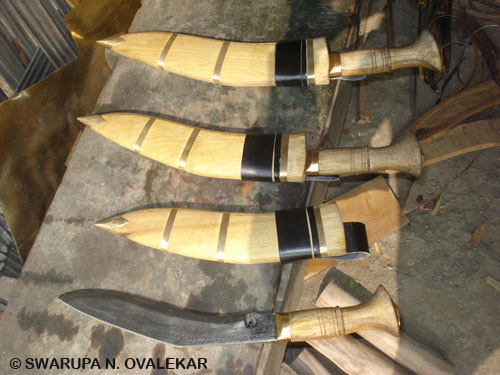


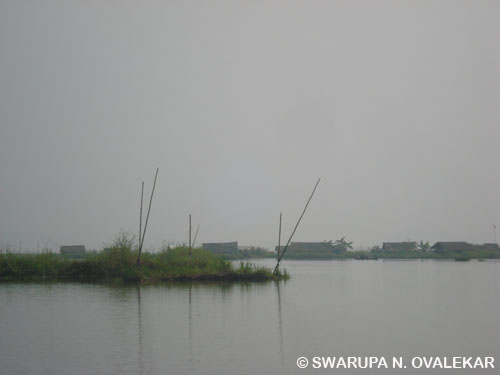


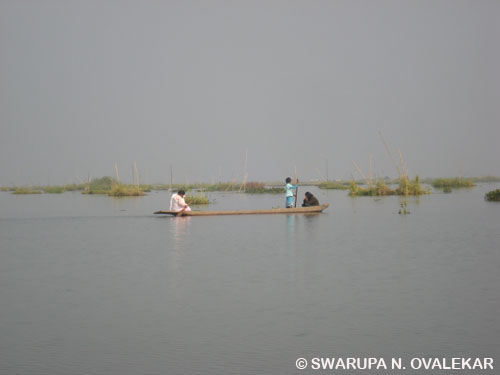



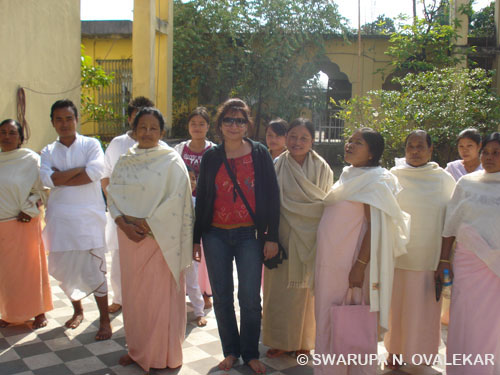




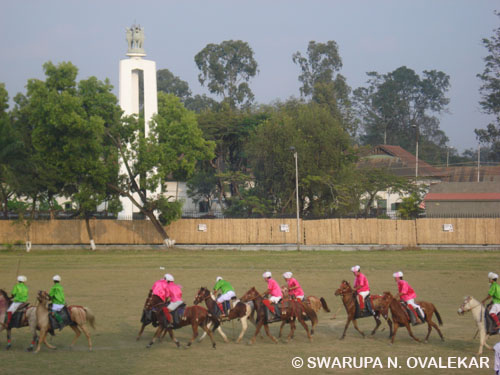





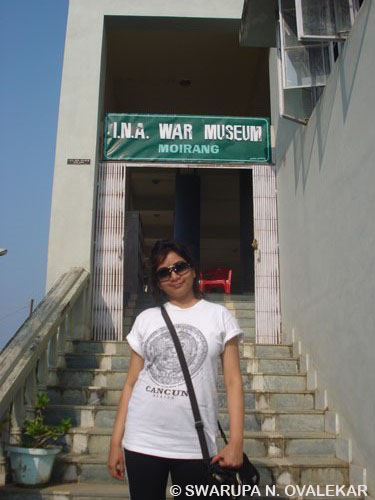


Nice to read about your experience in Manipur. It is a very special place with ancient culture, but which is being destroyed by hostile forces. Look forward to reading about the other states.
LikeLike
Hi, thanks so much for your kind comment. Do keep visiting…cheers 🙂
LikeLike
Hi
I read all ur posts on travelling through northeast India I like ur photography.
Ur lucid language created interest
Am also planing to visit northeast India need ur guide .
From where shall I start my journey please guide me.
LikeLike
Hi Gyanendra,Thank you so much for visiting my blog and for your kind comments! You need to make a travel plan based on the places you would like to visit, the number of days, etc. Best 🙂
LikeLike
Nice post. Thanks for sharing and your pictures are very nice.Sucharita
LikeLiked by 1 person
Hi Sucharita, Thanks for visiting my blog and for your kind words. Do keep visiting. Cheers 🙂
LikeLike
Great Job and great post keep it up.
http://www.yesmytrip.com/
LikeLiked by 1 person
Manipur a lovely and exciting place, floating lake Loktak is much more precious than jewels. Worth visiting.
http://www.yesmytrip.com/
LikeLiked by 1 person
Hi Vikram, Thanks so much 🙂 Best
LikeLike
Hi, Thanks so much 🙂 Best
LikeLike
HI Swarupa! You have written such interesting blogs with pics and videos. I have referred to your blogs and will be using some material for a NE project that I have taken up for this year with these students. Hope you dont mind. It’s not for publication, but just to familiarize them with these less explored places (by us south indians) in India.
LikeLiked by 1 person
Hi Shobha 🙂 Thanks so much. It would be nice of you to share my blog and give credit where it is due, and especially for pictures and videos. Best 🙂
LikeLike
Nice Blog Swarupa
its give a glimpse of Manipur for those who is never visit and it helps them to plan Manipur Visit.
https://rainbowregis.wordpress.com
LikeLiked by 1 person
Hi, Thanks so much 😀 Best
LikeLike
Interesting Place and beautifully written blog
LikeLiked by 1 person
Hi Gopinath, Thank you for visiting my blog and for the kind words 🙂 Do keep visiting. Best
LikeLike